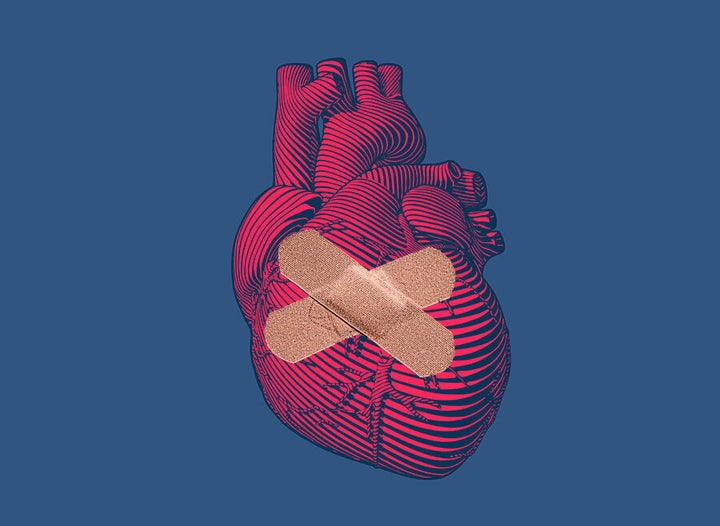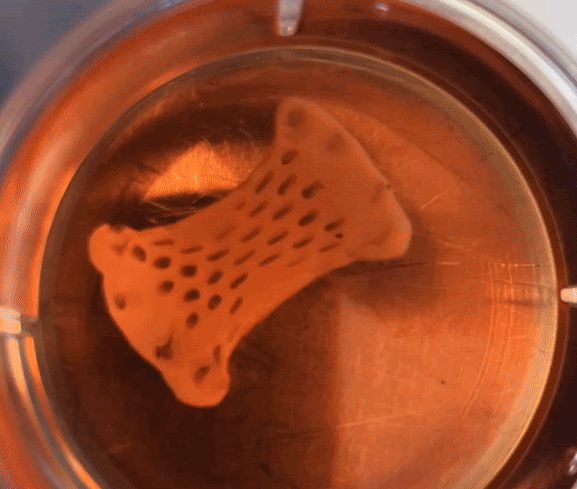Heart attack patients could one day be treated with a beating heart ‘patch’, according to scientists.
It is thought the lab-grown patches could cure debilitating heart failure, which affects an estimated 920,000 people in the UK.
The thumb-size patches are made from heart tissue that contain up to 50 million human stem cells. The stem cells are programmed to turn into working heart muscle that can be seen ‘beating’.
Researchers said one or more of these patches could be implanted onto someone after they’ve had a heart attack to limit, and even reverse, the loss of the heart’s pumping ability.

New research on the patches will be presented at the British Cardiovascular Society (BCS) Conference in Manchester today.
Scientists said the patches, which have been successfully tested in rabbits, are now safe enough to move onto human trials.
How Does The Patch Work?
During a heart attack, the heart is starved of vital nutrients and oxygen, killing off parts of the muscle. This weakens the heart and can eventually lead to heart failure – a debilitating condition that makes even everyday simple tasks, like climbing the stairs or getting dressed, exhausting.

In a new study, these patches led to an improvement in the function of rabbits’ hearts after a heart attack. Once sewn in place, the patches are intended to physically support the damaged heart muscle and help it pump more efficiently, while also releasing natural chemicals that stimulate the heart cells to repair and regenerate.
After a period of up to four weeks in the study, heart scans showed the hearts’ left ventricles (the chamber responsible for pumping blood out to the body) was recovering without developing any abnormal heart rhythms.
Importantly, researchers said the patches appeared to be nourished by blood vessels growing into them from the heart which they had attached to.
So, What Happens Next?
Scientists want to use the latest trial results to design clinical trials – firstly to test safety and then to see whether similar levels of heart repair could be achieved in humans.